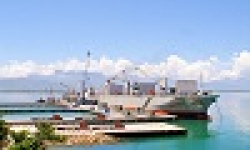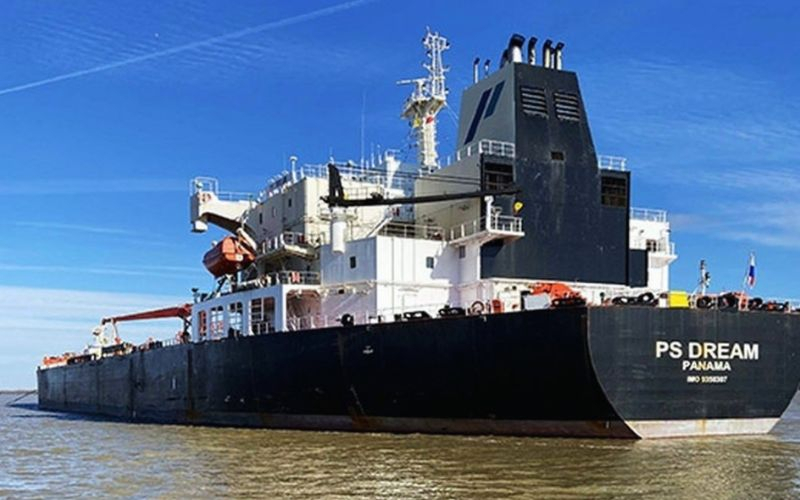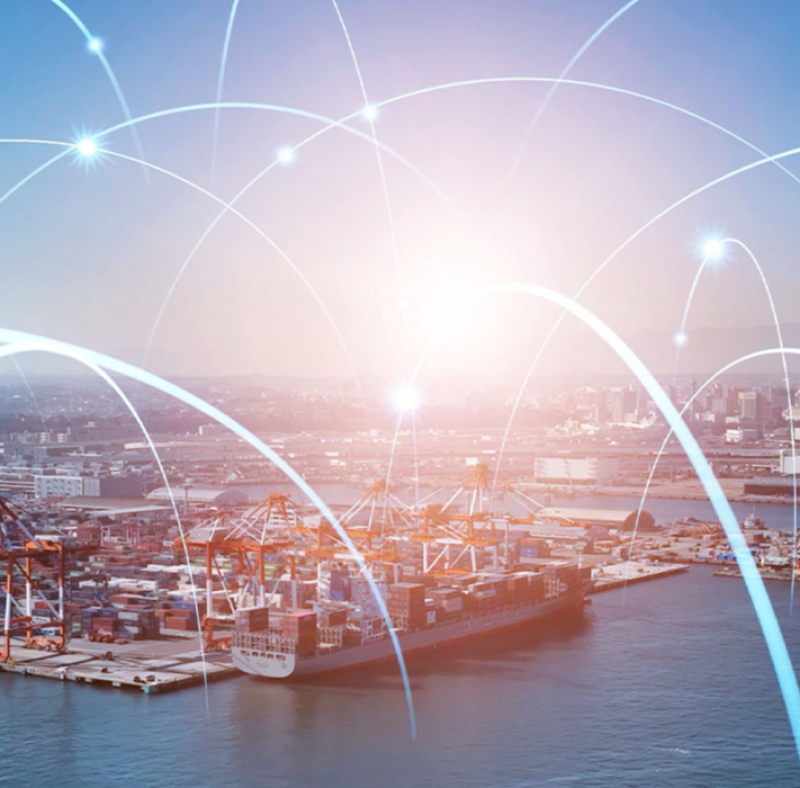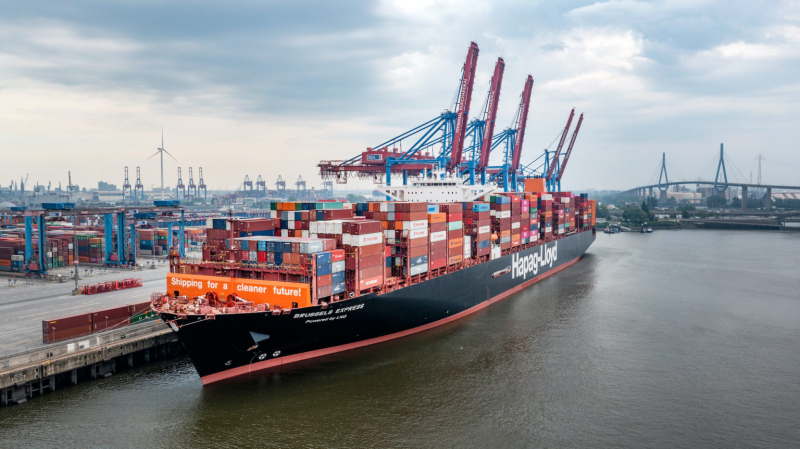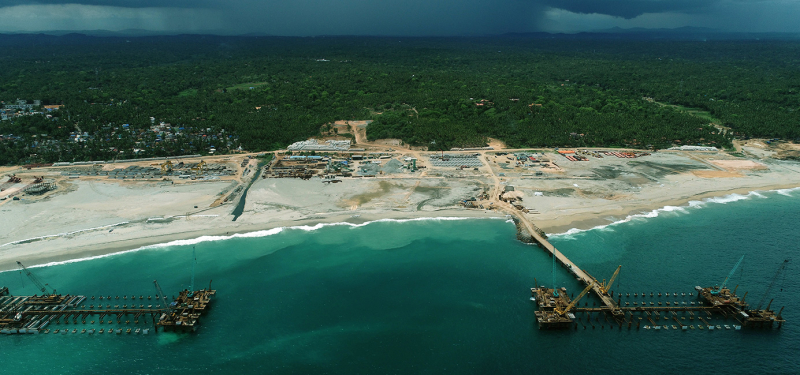Global shipping companies are moving full steam ahead with commercial vessel orders from Chinese shipyards, despite the U.S. targeting those ships with port fees aimed at countering China's maritime dominance, a new report from the Center for Strategic and International Studies showed.
Chinese shipyards captured 53% of all global ship orders by tonnage during the first eight months of 2025, according to the CSIS analysis of S&P Global data released on Wednesday.
That was on par with full-year 2023 levels before the U.S. Trade Representative (USTR) launched the China maritime probe that pave
d the way for the port fees, CSIS said.
Starting October 14, ships built in China - or operated or owned by Chinese entities - will need to pay a fee at their first port of call in the United States.
That fee could top $1 million for a ship carrying more than 10,000 containers and is slated to rise annually through 2028, according to analyst estimates.
The port fees on China-linked vessels are part of a broader U.S. effort to revive domestic shipbuilding and to blunt China's growing naval and commercial shipping power.
But catching up with China's state-supported shipyards is a heavy lift.
Last year, the U.S. shipyards built fewer than 10 commercial ships, while China's turned out well over 1,000, military and industry analysts said.
China over the last two decades has propelled itself to the No. 1 position globally and its biggest shipyards handle both commercial and military projects.
"Shipping companies are largely moving forward with business as usual," said Brian Hart, a fellow with the China Power Project at CSIS and an author of the report. "So far, it doesn't look like these policies will achieve a significant shift away from China."
China's share of global ship orders by tonnage had jumped to 73% in 2024, suggesting shipowners were seeking to lock in contracts before potential USTR restrictions took effect.
Meanwhile, the U.S. Navy's fiscal year 2025 plan said U.S. commercial shipbuilding has experienced a near-total collapse and called for the long-term revitalization of that industry to bolster Navy shipbuilding.
MSC - the largest containership operator - placed orders for 12 of those vessels to be built in China since USTR announced the port fees in April this year, the CSIS report said.
Switzerland-based MSC, like peers Hapag-Lloyd Maersk and CMA CGM, has taken China-linked ships off U.S. trade routes, limiting or negating the new fees.
HSBC analysts said China's COSCO Shipping is most exposed with estimated 2026 port fees of $1.5 billion.
President Donald Trump has been a cheerleader for U.S. shipbuilders, seeking alliances and investments from powerhouses like South Korea.



